Taneka Dixon


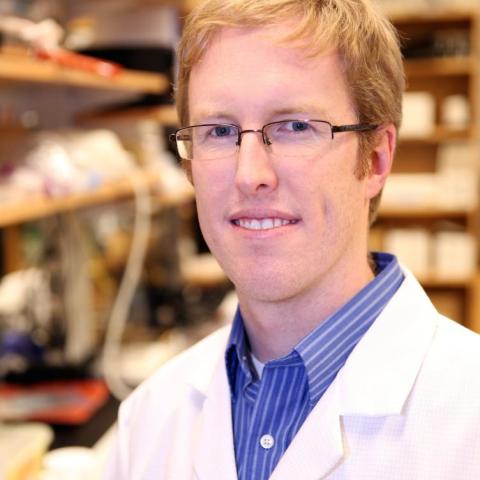
Dr. Dixon began at Georgia Tech in August 2009 as an Assistant Professor. Prior to his current appointment, he was a staff scientist at Ecole Polytechnique Federal de Lausanne (Swiss Federal Institute of Technology - Lausanne) doing research on tissue-engineered models of the lymphatic system. Dr. Dixon received his Ph.D. in biomedical engineering while working in the Optical Biosensing Laboratory, where he developed an imaging system for measuring lymphatic flow and estimating wall shear stress in contracting lymphatic vessels.
Dr. Dixon's research focuses on elucidating and quantifying the molecular aspects that control lymphatic function as they respond to the dynamically changing mechanical environment they encounter in the body. Through the use of tissue-engineered model systems and animal models, our research is shedding light on key functions of lymphatic transport, and the consequence of disease on these functions. One such function is the lymphatic transport of dietary lipid from the intestine to the circulation. Recent evidence from our lab suggests that this process involves active uptake into lymphatics by the lymphatic endothelial cells. There are currently no efficacious cures for people suffering from lymphedema, and the molecular details connecting lymphedema severity with clinically observed obesity and lipid accumulation are unknown. Knowledge of these mechanisms will provide insight for planning treatment and prevention strategies for people facing lipid-lymphatic related diseases.
Intrinsic to the lymphatic system are the varying mechanical forces (i.e., stretch, fluid shear stress) that the vessels encounter as they seek to maintain interstitial fluid balance and promote crucial transport functions, such as lipid transport and immune cell trafficking. Thus, we are also interested in understanding the nature of these forces in both healthy and disease states, such as lymphedema, in order to probe the biological response of the lymphatic system to mechanical forces. The complexity of these questions requires the development of new tools and technologies in tissue engineering and imaging. In the context of exploring lymphatic physiology, students in Dr. Dixon's laboratory learn to weave together techniques in molecular and cell biology, biomechanics, imaging, computer programming, and image and signal processing to provide insight into the regulation of lymphatic physiology. Students in the lab also have the opportunity to work in an interdisciplinary environment, as we collaborate with clinicians, life scientists, and other engineers, thus preparing the student for a career in academia and basic science research, or a career in industry.
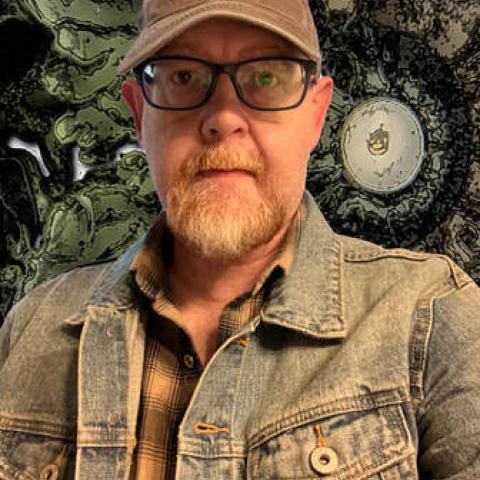
I graduated in Biological Sciences (B.Sc, University of Salford, 1997) prior to undertaking a Ph.D in molecular microbiology studying quorum sensing in Pseudomonas aeruginosa (University of Nottingham, 2001). I worked as a Postdoctoral Fellow at Nottingham on both EU and BBSRC funded grants, before obtaining a Royal Society University Fellowship (2006-2014). I was promoted to Associate Professor in 2013. In 2017 I moved as an Associate Professor to the School of Biological Sciences at Georgia Tech. I was promoted to Full Professor in 2022. I was appointed as the Director of the Center for Microbial Dynamics and Infection in January 2023.
I currently serve as the Deputy Editor in Chief of Microbiology, where I have previously served as editor and senior editor. I have also previously served on the editorial boards of FEMS Microbiology Letters, BMC Microbiology, Microbiology Open and Royal Society Open Science. I was an elected member of the Microbiology Society Council (2012-2016) and also served on their conference and policy committees. I was selected to be an American Society for Microbiology Distinguished Lecturer (2021-2023) and was elected to the American Academy of Microbiology in 2023.
In my spare time I play bass guitar. I recorded some original music in a band called Meaner and I currently play in a covers band called The Variants of Concern. I also have a long-standing interest in the works of J.R.R. Tolkien.
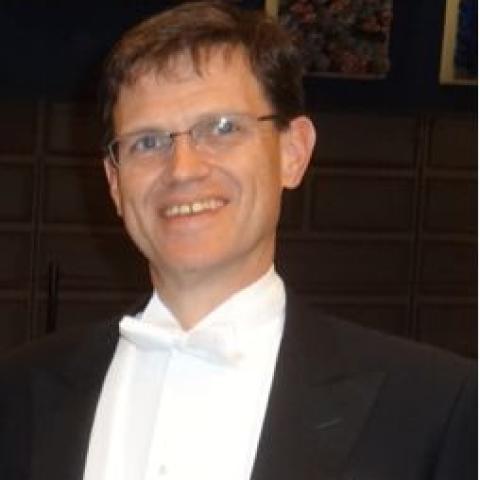
Dr. Dickson is the Vassar Woolley Professor of Chemistry & Biochemistry and has been at Georgia Tech since 1998. He was a Senior Editor of The Journal of Physical Chemistry from 2010-2021, and his research has been continuously funded (primarily from NIH) since 2000. Dr. Dickson has developed quantitative bio imaging and signal recovery/modulation schemes for improved imaging of biological processes and detection of medical pathologies. His work on fluorescent molecule development and photoswitching of green fluorescent proteins was recognized as a key paper for W.E. Moerner’s 2014 Nobel Prize in Chemistry. Recently, Dr. Dickson’s lab has developed rapid susceptibility testing of bacteria causing blood stream infections. Their rapid recovery methods, coupled with rigorous multidimensional statistics and machine learning have led to very simple, highly accurate and fast methods for determining the appropriate treatment within a few hours after positive blood cultures. These hold significant potential for drastically improving patient outcomes and reducing the proliferation of antimicrobial resistance.

Thomas DiChristina, Ph.D., received a BS in Chemical Engineering from the University of Rochester (NY) in 1982, a MS in Chemistry from the University of Bordeaux (France) in 1984, a Ph.D. in Environmental Engineering Science from the California Institute of Technology (CA) in 1989, and a Postdoctoral Fellowship from the Woods Hole Oceanographic Institution (MA) in 1993. DiChristina has been at Professor of Microbiology in the School of Biological Sciences at Georgia Tech for 29 years.
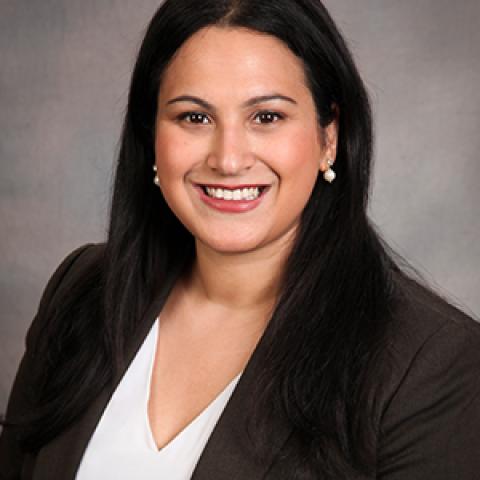
Shaheen Azim Dewji, Ph.D., (she/her/hers) is an Assistant Professor in the Nuclear & Radiological Engineering and Medical Physics Programs at the Georgia Institute of Technology, where she leads the Radiological Engineering, Detection, and Dosimetry (RED²) research group. Dewji joined Georgia Tech following three years as faculty at Texas A&M University in the Department of Nuclear Engineering, and as a Faculty Fellow of the Center for Nuclear Security Science and Policy Initiatives (NSSPI). In her prior role at Oak Ridge National Laboratory, where she remained for almost 9 years, Dewji was Radiological Scientist in the Center for Radiation Protection Knowledge. Her research interests include development of dose coefficients, shielding design, and nuclear material detection assay using gamma-ray spectroscopy. Her recent work has focused on associated challenges in uncertainty quantification in dose estimation/reconstruction associated with the external exposure and internal uptake of radionuclides associated with applications of emergency response, defense, nuclear medicine, and occupational/public safety using Monte Carlo radiation transport codes and internal dose modeling. Dewji completed her Masters and Ph.D. degrees in Nuclear and Radiological Engineering at the Georgia Institute of Technology in Atlanta, GA and was a fellow of the Sam Nunn Security Program. She received her Bachelor of Science in Physics from the University of British Columbia. Dewji currently serves on the National Academies of Science, Engineering, and Medicine – Nuclear and Radiation Studies Board and is a member of the Board of Directors for both the American Nuclear Society and Health Physics Society.
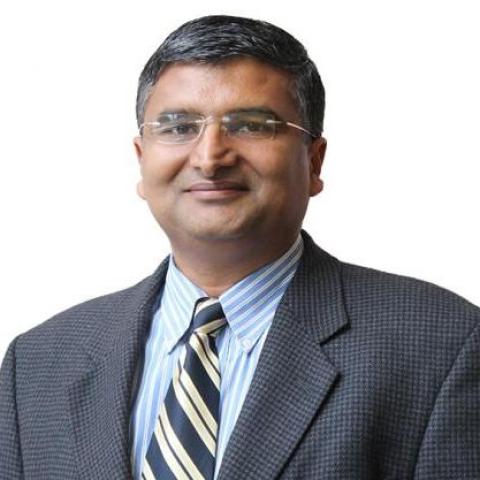
Jaydev P. Desai, Ph.D, is currently a Professor and BME Distinguished Faculty Fellow in the Wallace H. Coulter Department of Biomedical Engineering at Georgia Tech. Prior to joining Georgia Tech in August 2016, he was a Professor in the Department of Mechanical Engineering at the University of Maryland, College Park (UMCP). He completed his undergraduate studies from the Indian Institute of Technology, Bombay, India, in 1993. He received his M.A. in Mathematics in 1997, M.S. and Ph.D. in Mechanical Engineering and Applied Mechanics in 1995 and 1998 respectively, all from the University of Pennsylvania. He was also a Post-Doctoral Fellow in the Division of Engineering and Applied Sciences at Harvard University. He is a recipient of several NIH R01 grants, NSF CAREER award, and was also the lead inventor on the "Outstanding Invention of 2007 in Physical Science Category" at the University of Maryland, College Park. He is also the recipient of the Ralph R. Teetor Educational Award. In 2011, he was an invited speaker at the National Academy of Sciences "Distinctive Voices" seminar series on the topic of "Robot-Assisted Neurosurgery" at the Beckman Center. He was also invited to attend the National Academy of Engineering's 2011 U.S. Frontiers of Engineering Symposium. He has over 150 publications, is the founding Editor-in-Chief of the Journal of Medical Robotics Research, and Editor-in-Chief of the Encyclopedia of Medical Robotics (currently in preparation). His research interests are primarily in the area of image-guided surgical robotics, rehabilitation robotics, cancer diagnosis at the micro-scale, and rehabilitation robotics. He is a Fellow of the ASME and AIMBE.
Image-guided surgical robotics, Rehabilitation robotics; Cancer diagnosis at the micro-scale.
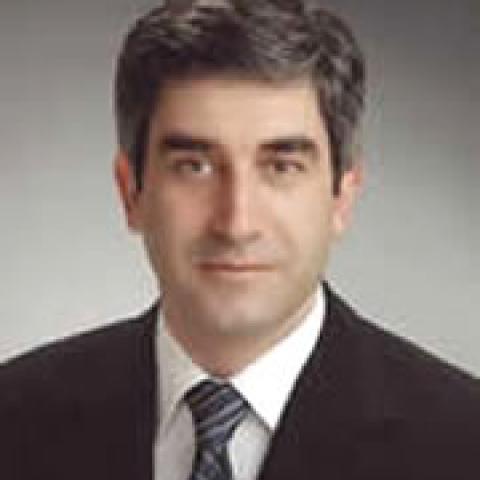
Dr. F. Levent Degertekin received his B.S. degree in 1989 from M.E.T.U, Turkey; M.S. degree in 1991 from Bilkent University, Turkey; and his Ph.D. in 1997 from Stanford University, California, all in electrical engineering. His M.S. thesis was on acoustic microscopy, and his Ph.D. work was on ultrasonic sensors for semiconductor processing, and wave propagation in layered media. He worked as an engineering research associate at the Ginzton Laboratory at Stanford University from 1997 until joining the George W. Woodruff School of Mechanical Engineering at Georgia Tech in spring 2000.
He has published over 150 papers in international journals and conference proceedings. He holds 20 U.S. patents, and received an NSF CAREER Award for his work on atomic force microscopy in 2004. Dr. Degertekin served on the editorial board of the IEEE Sensors Journal, and on the technical program committees of several international conferences on ultrasonics, sensors, and micro-opto-mechanical systems (MOEMS).
Degertekin's research focuses on understanding of physical phenomena in acoustics and optics, and utilizing this knowledge creatively in the form of microfabricated devices. The research interests span several fields including atomic force microscopy (AFM), micromachined opto-acoustic devices, ultrasound imaging, bioanalytical instrumentation, and optical metrology. Dr. Degertekin's research group, in collaboration with an array of collaborators, has developed innovative devices for applications such as nanoscale material characterization and fast imaging, hearing aid microphones, intravascular imaging arrays for cardiology, bioanalytical mass spectrometry, and microscale parallel interferometers for metrology.
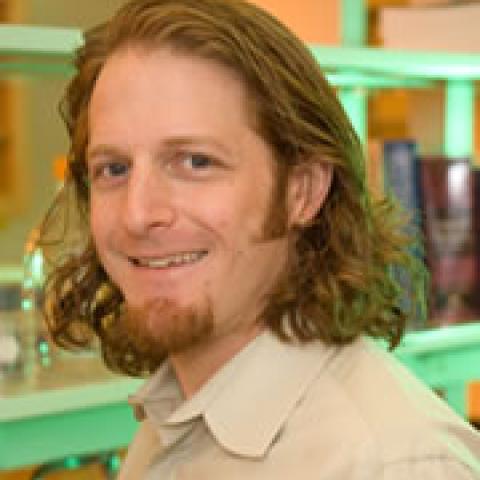
Dr. Davis holds positions as a Professor in both Cardiology and Biomedical Engineering at the Wallace H. Coulter Department of Biomedical Engineering at Georgia Tech and Emory University. Additionally, he serves as an associate chair for graduate studies at BME department, and a director of the Children's Heart Research and Outcomes (HeRO) Center. He received his Ph.D. in Molecular and Systems Pharmacology at Emory University in 2003 working on molecular regulation of eNOS expression by shear stress. From 2003-2006, he completed his postdoctoral fellowship at Brigham and Women's Hospital working on cardiac tissue engineering with collaborators at the Massachusetts Institute of Technology. He moved back to Emory in 2006 to join the faculty in Division of Cardiology and Biomedical Engineering Department.
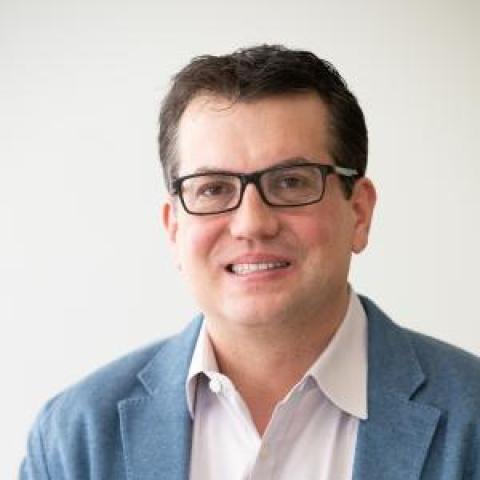
Dr. Rafael Davalos' research interests are in microfluidics for personalized medicine and developing technologies for cancer therapy. He is most recognized for co-inventing Irreversible Electroporation (IRE), a minimally invasive non-thermal surgical technique to treat unresectable tumors near critical structures such as major blood vessels and nerves. The technology has been used to help thousands of patients worldwide with a second-generation version in clinical trials. Davalos has authored 150 peer-reviewed articles and has 47 issued patents (72 h-index, >18,000 citations) and has secured over $37M in research funding with $10M his share. His patents have been licensed to 7 companies. He has been a plenary speaker for several prestigious venues including the International Symposium of the Bioelectrochemistry Society, the World Congress on Electroporation, and the Society of Cryobiology Annual Meeting.